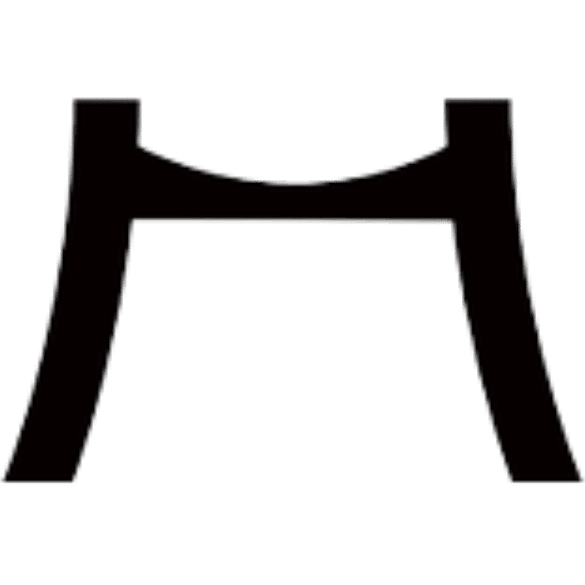0
£0.00
Mini Cart
Empty cart
No products in the cart.

Japanese tattoos or irezumi, literally translating to ‘inserting ink’, have developed their own distinct style created over centuries. The history of body modification in Japan is long and vibrant, dating right back to the Jomon Period but is one of the most misunderstood forms of art in Japan. Let’s take a look at the history of Japanese tattoos and why they have become so misunderstood in Japanese culture.
Traditional Japanese tattoos are often created by hand using wooden handles and metal needles attached with silk and thread. This traditional method of tattooing also requires a special ink called Nara ink. The process is often painful and time-consuming and has only been mastered by a limited number of specialists. Traditional Japanese tattoos do not use stencils or outlines for the design, instead it is all done freehand by the artist. In Japan, tattoo artists are referred to as Horishi and usually have one or more apprentices working for them for a long period of time. Although there is a stigma when it comes to Japanese tattoos, Japanese tattoo artists are amongst the most sought-after in the world because of their precision and aesthetics.
Just like in many fields across the world, Japanese tattoo artists start off as apprentices. Each apprentice will have to complete several years of formation with a tattoo artist master. During that time they traditionally live in the master’s house, clean and prepare the equipment and observe and practice Japanese tattoos on their own skin. Only when their teacher has judged that they have mastered all the right skills will the apprentice become a tattoo artist and begin to work with clients. Sometimes, the apprentice will also take the name of the master that trained him or will be given a tattoo name by their master upon learning the methods of Japanese tattoos.
The tradition of Japanese tattoos can be traced back 10,000 years. The indigenous people of the northernmost island of Hokkaido, the Ainu, have been using tattoos as a part of religious and social traditions for years. Women of the Ainu people would receive their first tattoo as early as 12 years old with more Japanese tattoos to follow through the years. By the age of 16, women’s tattoos were usually completed, signifying that they were ready for marriage. While Ainu long remained outside of Japan’s main society, Japanese people would also traditionally get tattoos. As part of Japanese religion and traditions, fishermen, hunters and craftsmen would get tattooed to be protected against evil spirits.
Historians think that Japanese tattoos began to be used as a punishment as early as 500 AD, roughly coinciding with the organisation of the Shinto religion and the arrival of Buddhism. From then on, Japanese tattoos would become a taboo and a sign of society’s outcasts.
In terms of tattoo subject matter, Japanese tattoos often showcase the culture’s reverence for nature – namely, animals and flowers. Additionally, much like the ukiyo-e prints, a type of Japanese art movement that inspired Japanese tattoos, figures and portraits are also frequently featured in traditional tattoos.
Many Japanese tattoos feature animals associated with strength, courage and protection, like lions, tigers and dragons. Koi fish are historically popular subjects too as they represent luck, success and good fortune. Unsurprisingly, Sakura or cherry blossom remains the most popular floral motif found in Japanese tattoos. Lotus, peonies and chrysanthemums are also favoured for their beauty and prevalence in Japan and are often depicted in Japanese tattoos. Both realistic and mythological figures are often featured in Japanese tattoos. Portraits of people rooted in realism portrayed in the designs include warriors and geishas while folkloric figures include tengu, ghosts, and oni, demon or troll-like creatures.
At Atelier Japan, we understand the importance of preserving and sharing traditional Japanese craft and culture. Our makers have stood the test of time, prevailing amongst huge global disturbances and remaining unwilling to go backwards. We champion this and aim to bring traditional Japanese craft collections directly to you from our makers. Explore the Atelier Japan collections to browse our intricate and traditional Japanese fans, tea, pottery, jewellery and silverware and add something special to your home.



